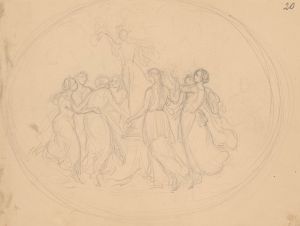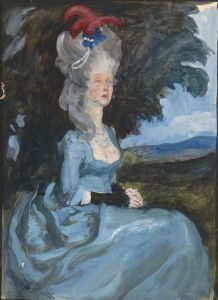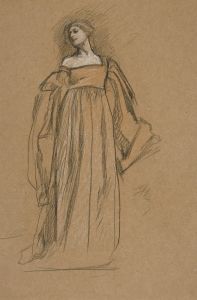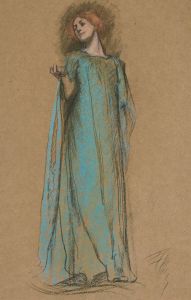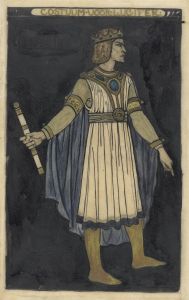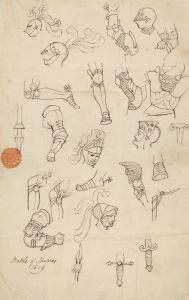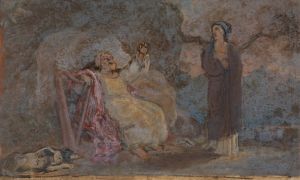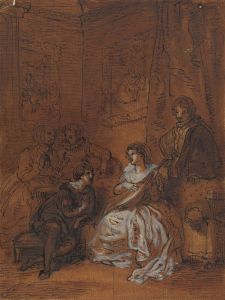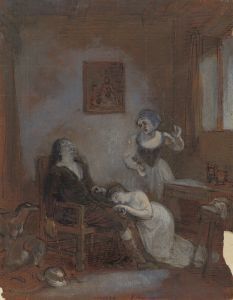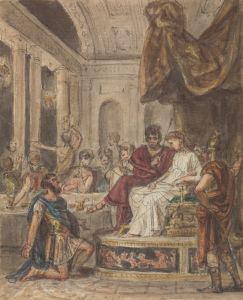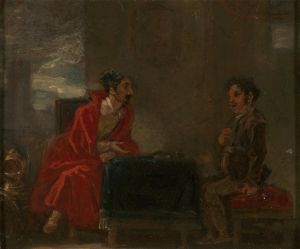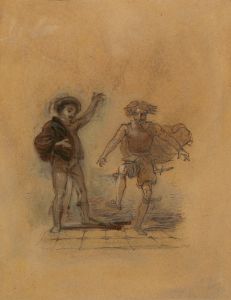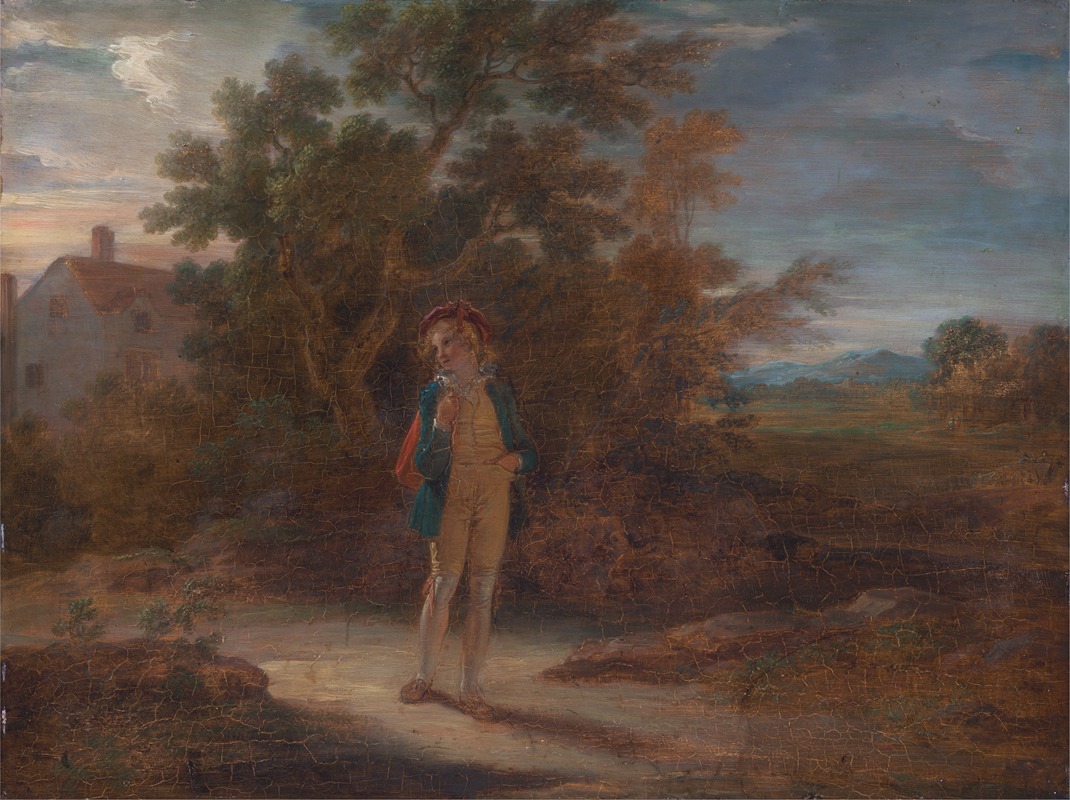
The Seven Ages of Man- The Schoolboy, ‘As You Like It,’ II, vii
A hand-painted replica of Robert Smirke’s masterpiece The Seven Ages of Man- The Schoolboy, ‘As You Like It,’ II, vii, meticulously crafted by professional artists to capture the true essence of the original. Each piece is created with museum-quality canvas and rare mineral pigments, carefully painted by experienced artists with delicate brushstrokes and rich, layered colors to perfectly recreate the texture of the original artwork. Unlike machine-printed reproductions, this hand-painted version brings the painting to life, infused with the artist’s emotions and skill in every stroke. Whether for personal collection or home decoration, it instantly elevates the artistic atmosphere of any space.
Robert Smirke's painting "The Seven Ages of Man: The Schoolboy" is part of a series inspired by William Shakespeare's monologue from the play "As You Like It," specifically Act II, Scene VII. This series of paintings illustrates the famous speech by the character Jaques, who describes the seven stages of human life. Smirke, a British painter known for his works in the late 18th and early 19th centuries, created this series to visually interpret Shakespeare's poetic exploration of life's phases.
"The Schoolboy" is the second stage in Jaques' monologue, following the "Infant" and preceding the "Lover." In this stage, Shakespeare describes the schoolboy as "whining" and reluctantly going to school, carrying his satchel and creeping like a snail. Smirke's painting captures this imagery, depicting a young boy in period-appropriate attire, embodying the reluctance and innocence associated with this stage of life. The boy's expression and posture are carefully crafted to reflect the reluctance and innocence that Shakespeare's text conveys.
Robert Smirke was a prominent figure in the British art scene during his time, known for his narrative paintings and illustrations. Born in 1753, Smirke became a member of the Royal Academy in 1792. His works often focused on literary and historical themes, making him well-suited to interpret Shakespeare's text visually. Smirke's ability to convey narrative through his art is evident in "The Schoolboy," where he uses composition, color, and expression to bring the character to life.
The series "The Seven Ages of Man" by Smirke was part of a broader trend during the 18th and 19th centuries where artists sought to depict literary themes. Shakespeare's works, in particular, were a popular source of inspiration due to their rich characterizations and universal themes. Smirke's paintings were well-received for their ability to translate these literary elements into visual form, allowing audiences to engage with Shakespeare's text in a new way.
Smirke's interpretation of "The Schoolboy" and the other stages in the series reflects the cultural and artistic values of his time, where education and the stages of life were subjects of interest and reflection. The painting not only serves as an artistic representation of Shakespeare's work but also as a historical artifact that provides insight into the societal attitudes towards childhood and education during Smirke's era.
"The Seven Ages of Man: The Schoolboy" remains an example of how art and literature can intersect, offering a visual dimension to Shakespeare's exploration of human life. Smirke's work continues to be appreciated for its narrative depth and historical significance, contributing to the ongoing dialogue between visual art and literary expression.





